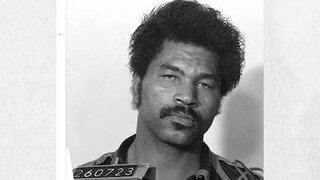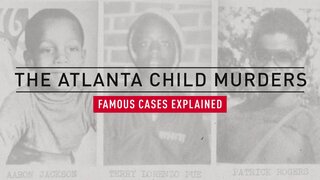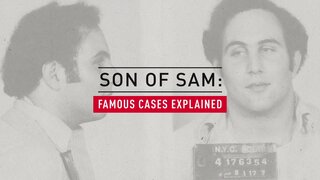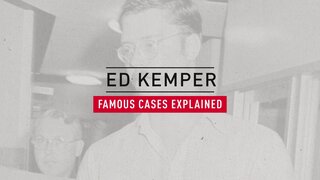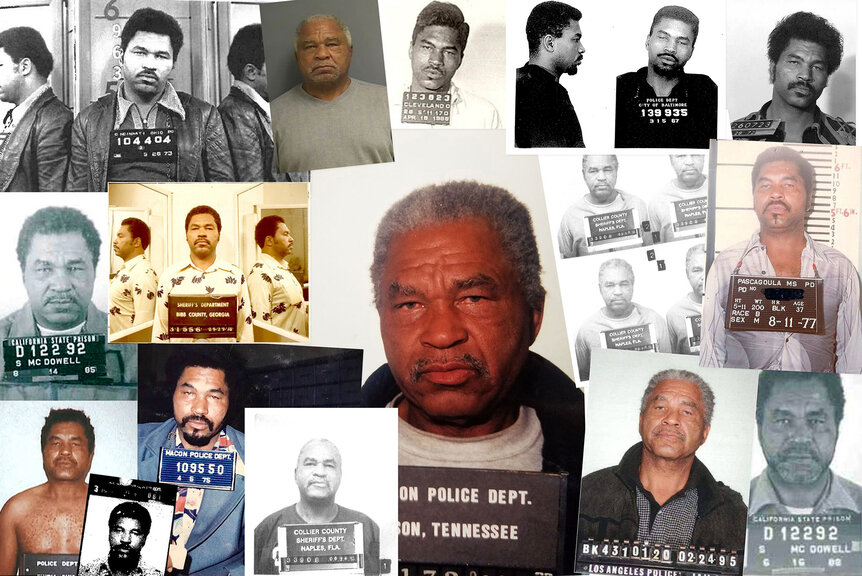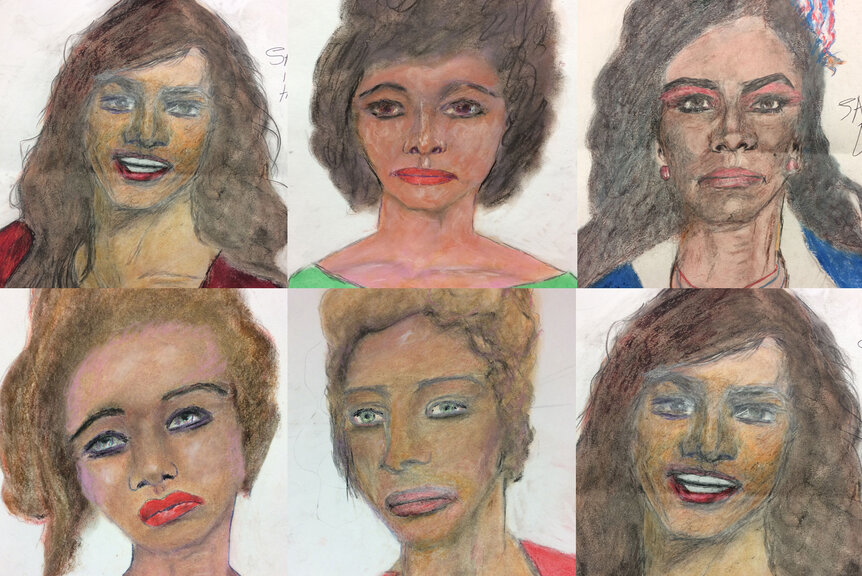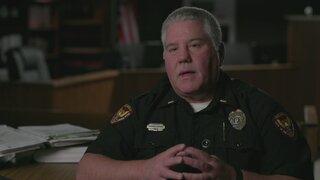Create a free profile to get unlimited access to exclusive videos, breaking news, sweepstakes, and more!
Samuel Little Says He Killed Almost 100 Women — So How Did He Avoid Getting Caught?
Samuel Little targeted vulnerable women, telling investigators, “I’m not gonna go over there in the white neighborhood and pick out a little, young teenage girl.”
Dubbed “the most prolific serial killer in U.S. history” by the FBI, Samuel Little confessed to murdering 93 women over a span of almost four decades, and he has been successfully “matched to 50 cases,” according to the Bureau.
As shocking as his murders are, what's even more astounding is how Little stayed a free man so long.
Prior to his capture, the serial killer amassed almost 100 arrests on charges including rape, robbery, and assault, but he did not spend more than a total of 10 years in prison, reported The New York Times.
How did Little go undetected by law enforcement, and how was he finally caught? “Catching A Serial Killer: Sam Little,” streaming now on Oxygen, explores how the calculated killer evaded capture.
Little often preyed on drug users, promising them money or narcotics before he killed them, according to the periodical Cleveland Magazine. He also targeted sex workers, taking advantage of the fact that law enforcement often brushed off their assault claims.
“At that time frame, through societal ways, we just didn’t believe prostitutes when they cried rape,” Lt. Darren Versiga of the Pascagoula Mississippi Police Department told the Los Angeles Times.
Lelia, a sex worker trying to support her three children, later testified that she met Little in November 1981. After getting in his car, Little beat and choked her so viciously that blood was streaming from her eyes.
Although she fought back and escaped, she never filed a police report, and authorities never came to take her statement when she was admitted at the hospital.
“They don’t care nothing about no black prostitute in Pascagoula,” she explained on the witness stand, according to the Los Angeles Times.
After selecting his victims, Little would try to knock them out with a punch and then strangle them to death. Because the women often displayed no physical injuries, or their bodies were so badly decomposed, it was difficult to determine that their deaths were homicides.
“With no stab marks or bullet wounds, many of these deaths were not classified as homicides but attributed to drug overdoses, accidents or natural cause,” the FBI said.
Little was a transient, crisscrossing across the country throughout his adult life and working temporary jobs, which made him hard to track and his killing pattern tough to recognize. Though he racked up numerous arrests on a variety of petty offenses, police sometimes dropped the charges against him and just hoped he would leave their jurisdiction, according to the Los Angeles Times.
He was also careful to limit his hunting grounds to dilapidated, high-crime areas, places that seldom receive the same attention and protection as their more affluent neighbors.
“I’m not gonna go over there in the white neighborhood and pick out a little, young teenage girl,” he would later tell investigators, according to Cleveland Magazine. “I ain’t gonna go over there and pick out a housewife … That’s the kind you get busted for.”
Little later relocated to California, where he was arrested for two assaults and later tried for attempted murder. After the jury deadlocked, he pleaded guilty to assault and false imprisonment and served two and a half years in prison, reported the Associated Press.
As a result of his conviction, Little submitted a DNA sample that was entered into the FBI’s Violent Criminal Apprehension Program, also known as ViCAP, according to New York Magazine.
Little killed numerous women around Los Angeles following his release, including three whose deaths would ultimately see him brought to justice.
They were Carol Alford, killed in 1987, and Audrey Nelson and Guadalupe Apodaca, both killed in 1989. All three women tested positive for cocaine during their autopsies, according to the newspaper Los Angeles Daily News.
“They were women who law enforcement at the time were unlikely to take seriously,” Los Angeles Deputy District Attorney Beth Silverman said at Little’s murder trial in 2014, reported the Los Angeles Times.
It was not until 2012, when Los Angeles Police Department detectives discovered genetic information gathered from the Nelson and Apodaca murders were a match to Little’s DNA, that he was connected to the slayings.
Detectives tracked Little through his social security payments to Louisville, Kentucky, and the U.S. Marshals Fugitive Task Force found and arrested Little at a homeless shelter. He was then extradited to California on an outstanding 2007 narcotics warrant, according to New York Magazine.
That November, Little’s DNA was matched to evidence from the Alford killing. He was charged with three counts of murder and special circumstances for multiple murder, according to the Los Angeles Times.
Little was found guilty of the murders in September 2014. He was subsequently sentenced to three consecutive life terms without the possibility of parole, the Los Angeles Times reported.
Authorities suspected Little of additional murders across the country, but he remained uncooperative until 2018. He eventually admitted his involvement in 93 murders, from 1970 to 2005, according to the Los Angeles Times.
Over the following year, Little pleaded guilty to murdering five women in Texas and Ohio, resulting in additional life sentences, according to The Plain Dealer newspaper.
The FBI has since released a timeline of Little’s life and crimes, and he continues to detail his murders, even drawing victim sketches in the hopes of identifying them.
To learn more, watch the premiere of “Catching A Serial Killer: Sam Little" on Oxygen.
